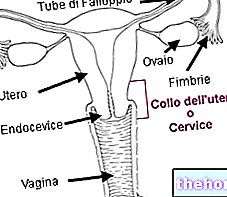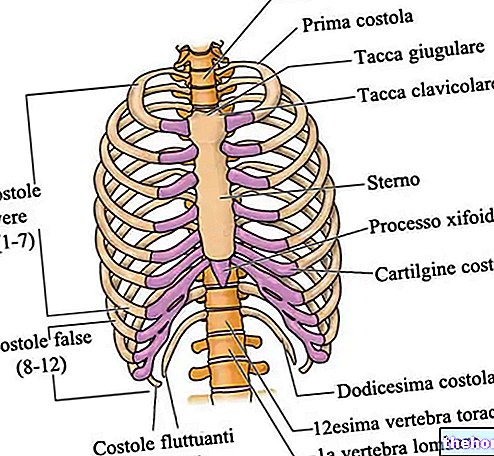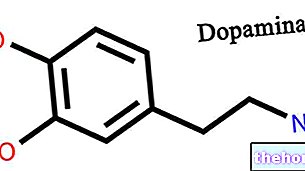Calcium is a very important mineral for our body, essential for the good health of bones and teeth, but also for the control of numerous cellular and extra-cellular activities:
- Coagulation
- Neuromuscular excitability
- Muscle contraction
- Hormone secretion
- Second messenger for hormones and growth factors
- Gene transcription regulation and metabolic activities
Given the prominent biological role of this mineral, it is not surprising that calcium metabolism is subject to a rather complex control, finely regulated by hormonal and non-hormonal substances. The primary purpose of calcium homeostasis is to keep the blood calcium concentrations constant.
BREAKDOWN OF CALCIUM (ABOUT 1200 g) IN THE "BODY
MINERALIZED CALCIUM OF THE BONES
- a labile pool (0.5%), rapidly exchangeable
- a stable pool, tradable much more slowly98% PLASMATIC CALCIUM (CALCEMIA)
- ionized (about 50%) ACTIVE
- bound to proteins and salts (about 50%) INACTIVE1% EXTRACELLULAR CALCIUM + INTRACELLULAR CALCIUM 1%
SERUM CALCIUM LEVELS (CALCEMIA)
Total calcium 8.5 - 10.4 mg / dL ionized calcium + 4.7 mg / dL protein bound calcium + 4.8 mg / dL complexed calcium (phosphate, citrate, etc) 0.6 mg / dL
Hypocalcemia: total calcium 10.4
Reference ranges vary slightly from laboratory to laboratory
CALCEMIA IS AN EXTREMELY REGULATED VALUE IN WHICH THEY PARTICIPATE ABOVE ALL
INTESTINE (absorption of dietary calcium)
KIDNEY (vitamin D activation, calcium reabsorption / excretion)
THYROID (synthesis and secretion of calcitonin by parafollicular cells)
PARATHYROIDS (synthesis and secretion of parathyroid hormone)
Calcium metabolism is influenced by diet, its mobilization from the bone, renal reabsorption and intestinal losses.
ABSORPTION OF FOOD CALCIUM (FIRST TRACT OF THE "SMALL INTESTINE):
- FOR SIMPLE DIFFUSION
It exploits the osmotic gradient between the intestinal lumen and the bloodstream
It depends on the intestinal concentrations of ionized calcium and does not undergo saturation
- FOR EASY DIFFUSION
It uses energy and depends on the intestinal concentrations of the Calcium Binding protein
The mechanism is vitamin D dependent
FACILITATED BY OBSTACULATED BY acid intestinal pH Basic intestinal pH Calcium / Phosphorus ratio in
diet close to 1Concomitant high intake of phosphates, for example due to excessive intake of animal proteins Lactose, proteins and others
simple sugarsPhytic acid (bran, fiber, whole grains), oxalic acid (spinach, rhubarb, cocoa), tannins (tea), coffee and alcohol.
Defect in fat absorption (steatorrhea)
Only about 20% of the dietary calcium content (about 1g / day) is absorbed.
Calcium metabolism, continues "
















.jpg)











